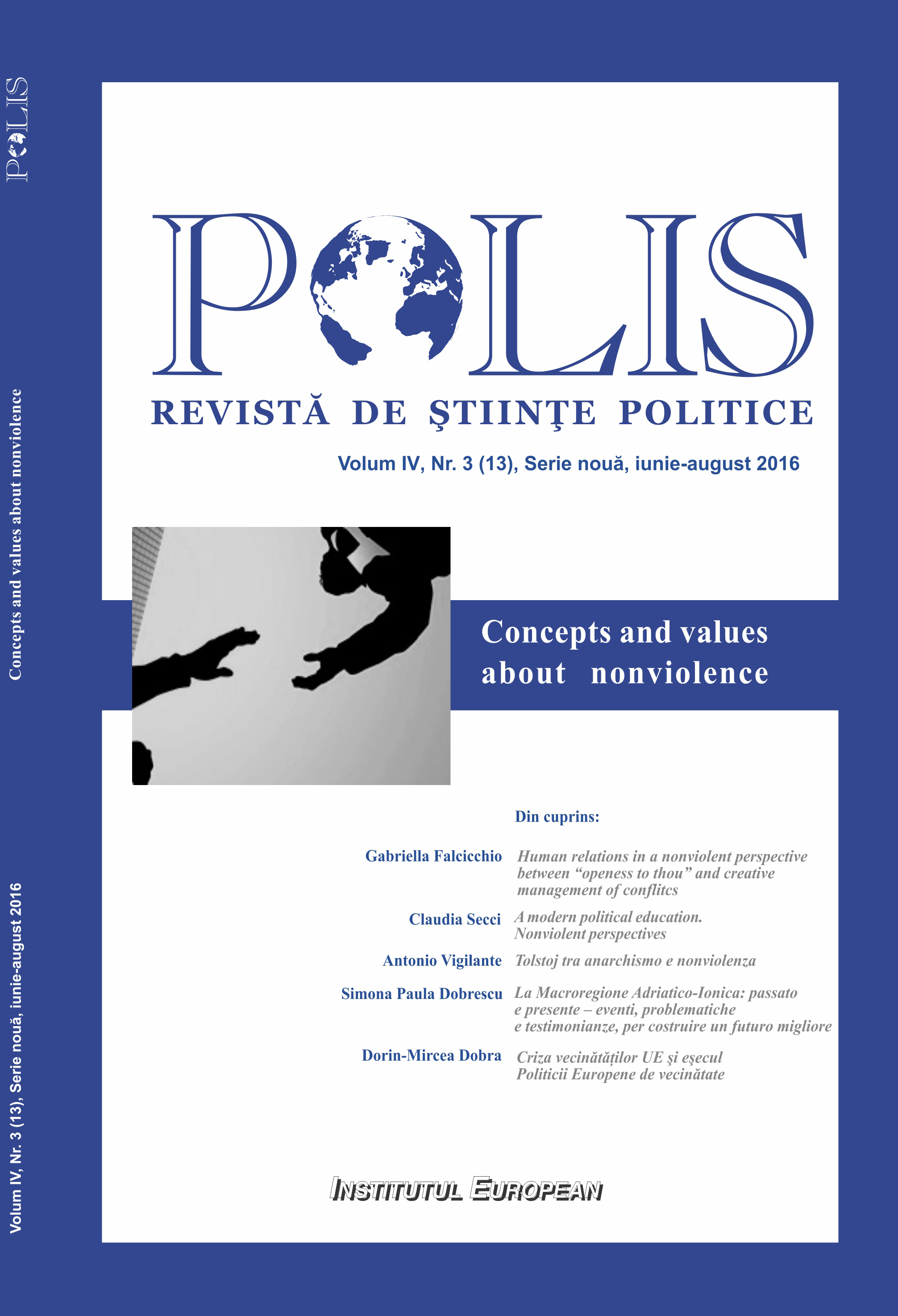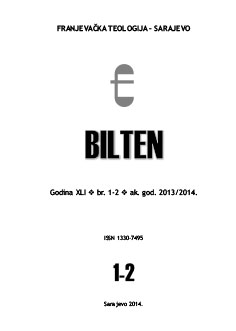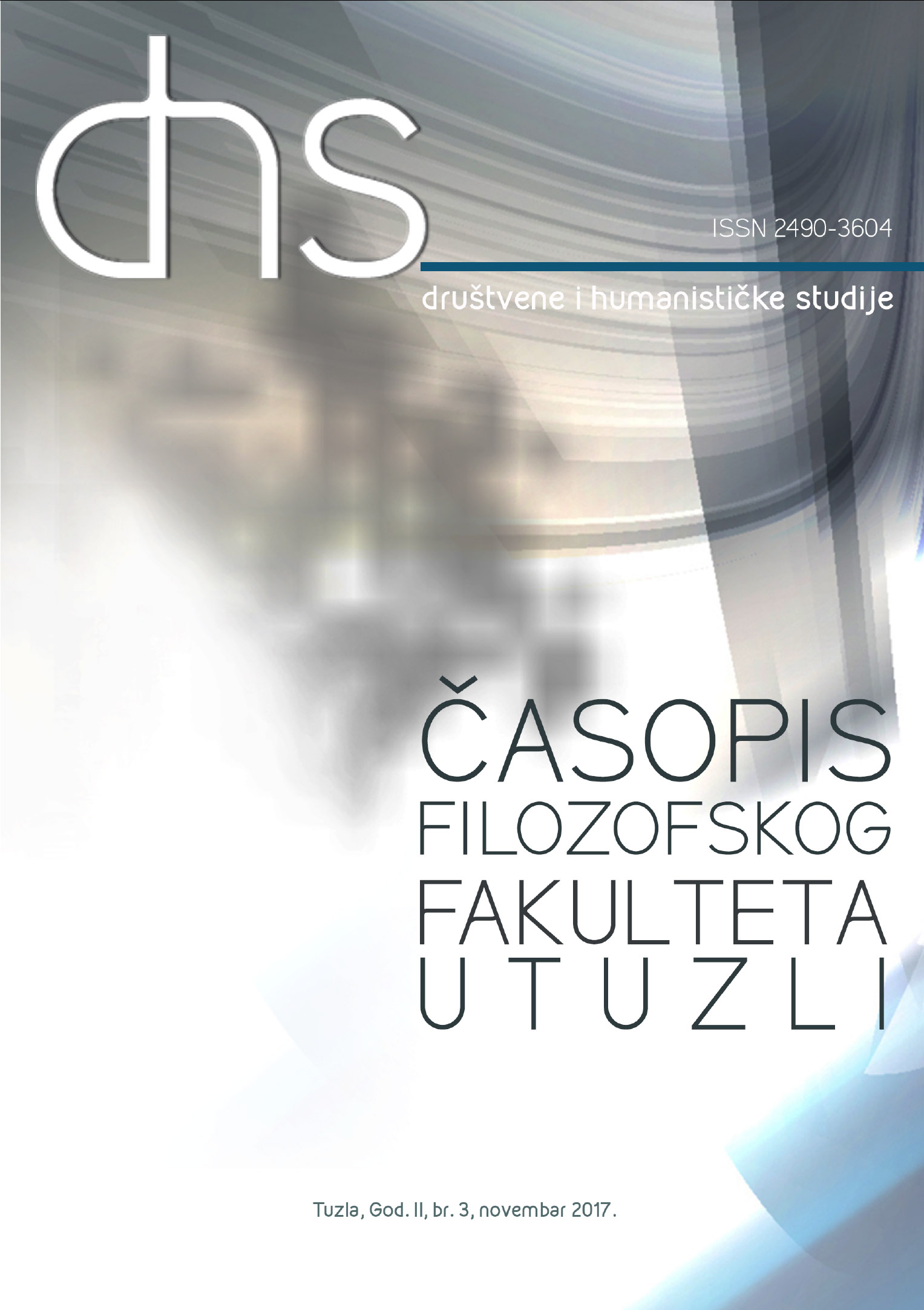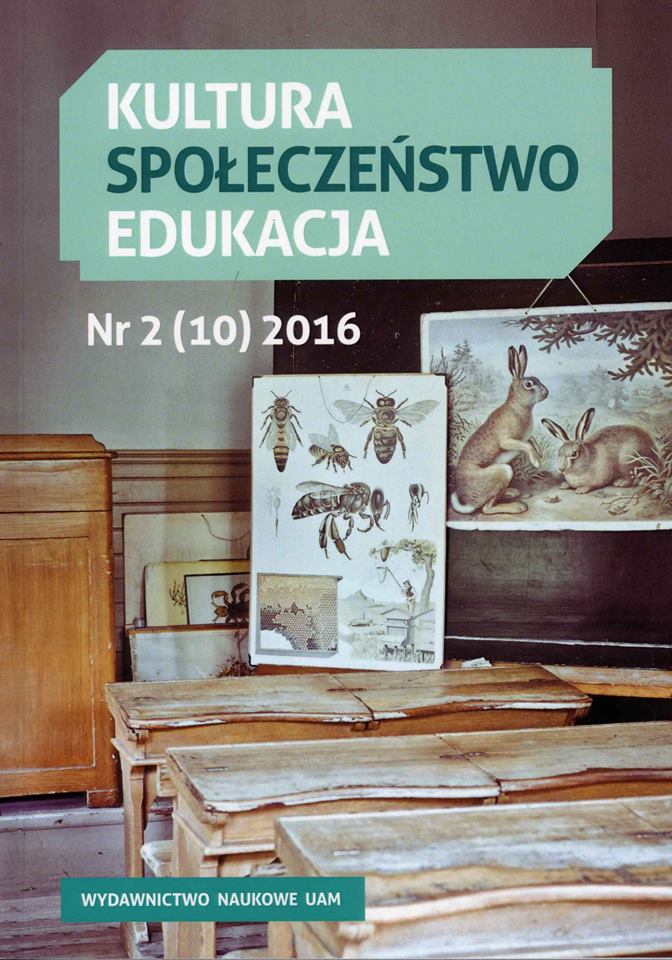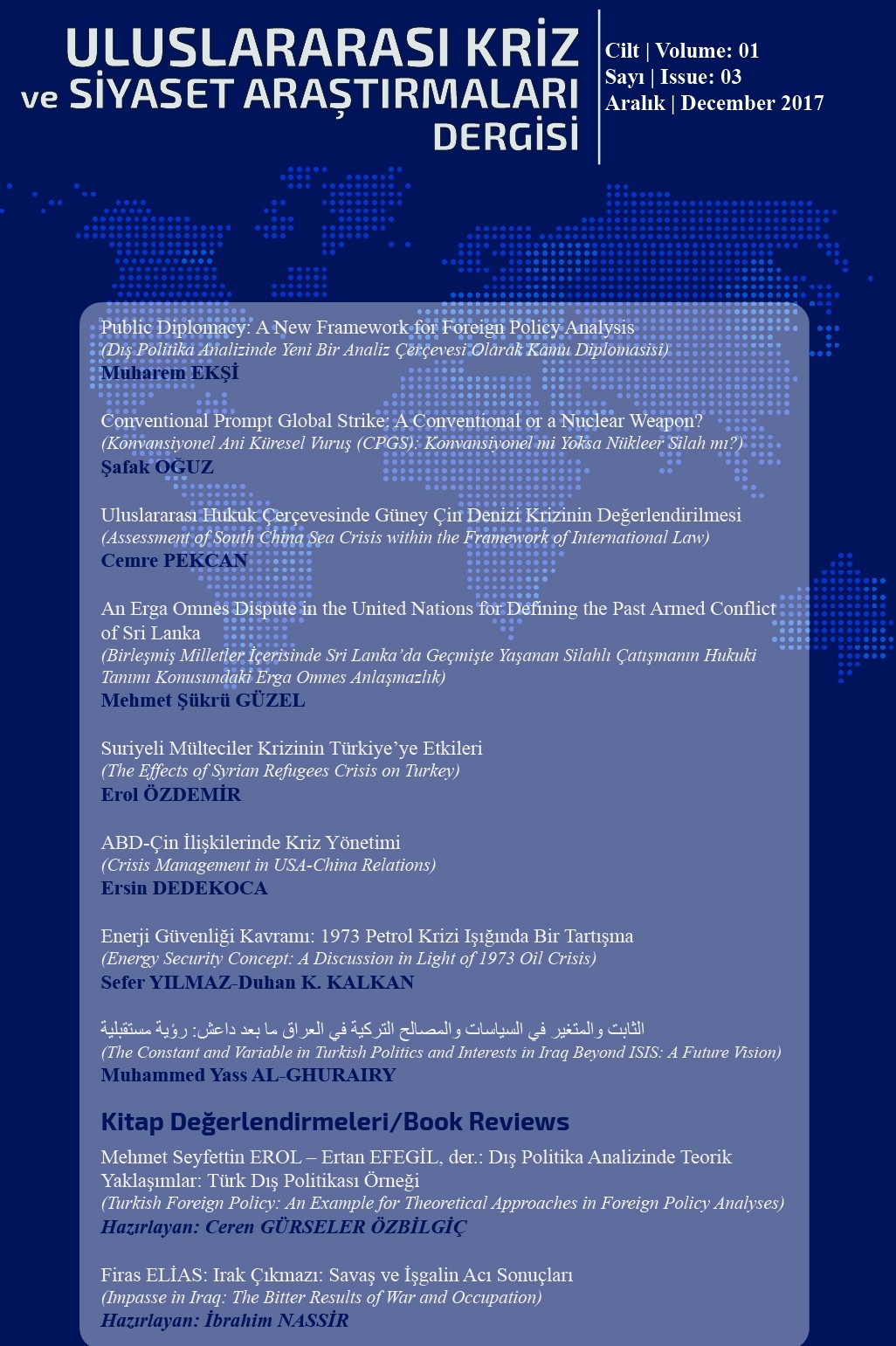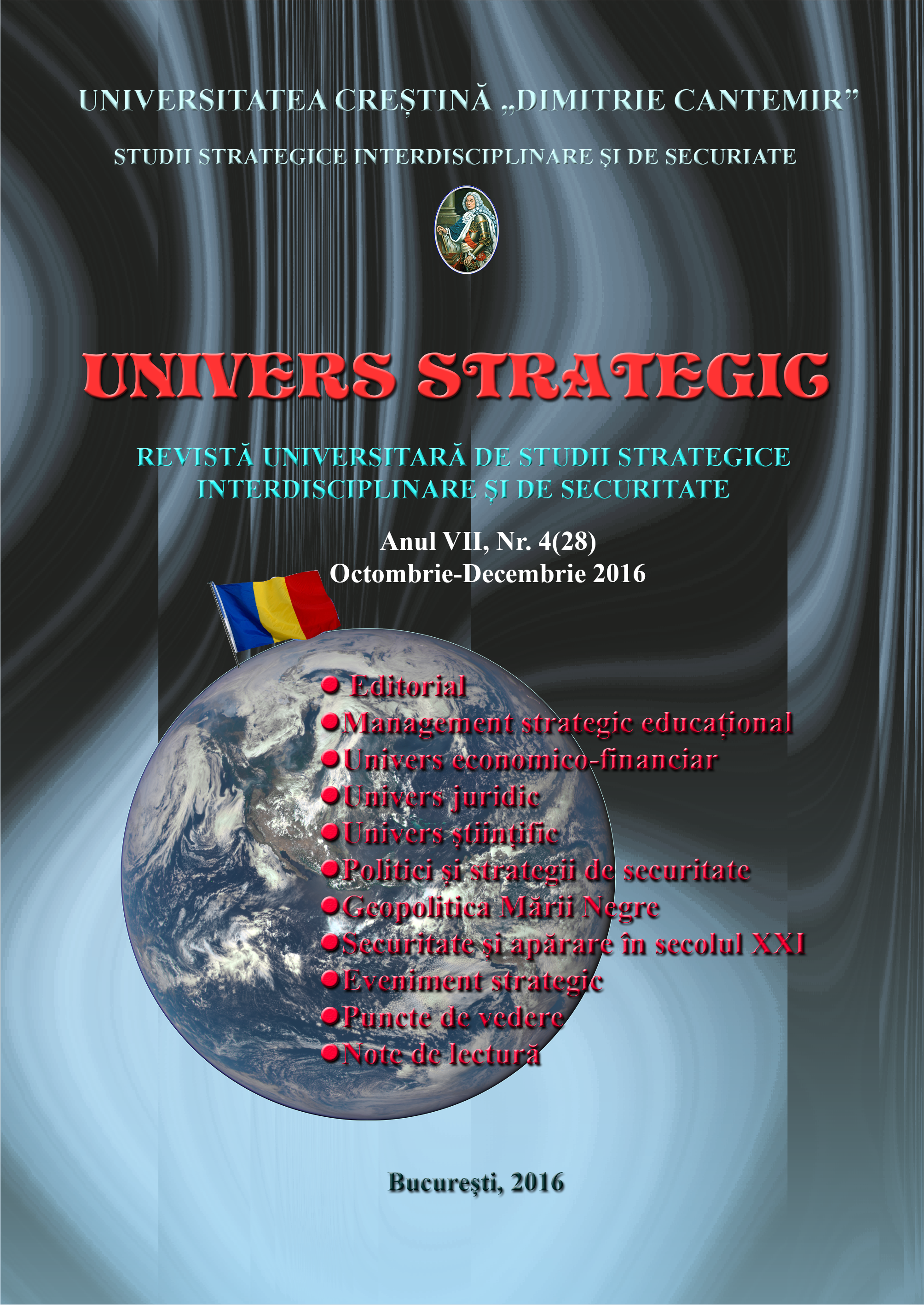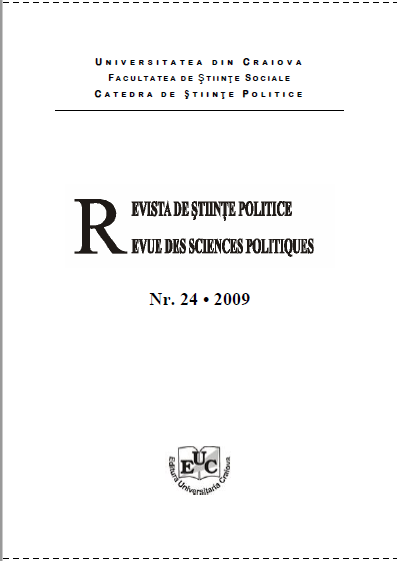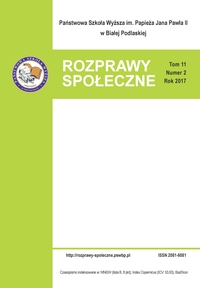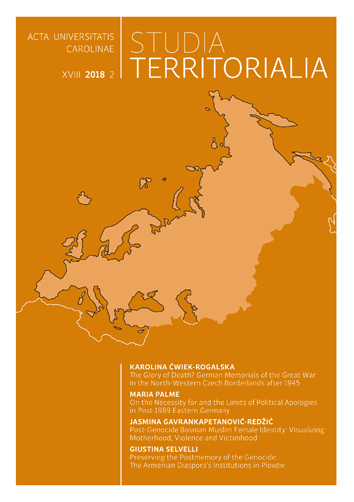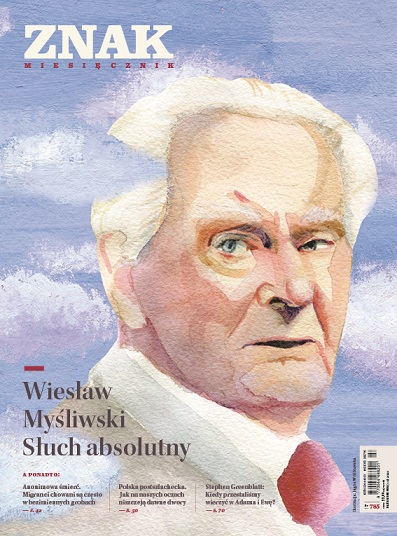Author(s): Irina Erhan / Language(s): English
Issue: 1/2018
This article analyzes the concept of "martyrdom" in the Shi'ite Islamic key, originally built on the opposition of the Shi’a partisans to the Sunni political factor, then reinterpreted in the work of cAlī Šarīcatī, the ideologist of the Iranian Islamic Revolution, in a political and ideological key. Thus, by operating the distinction between muğāhid (the warrior capable of the supreme sacrifice in the name of Islam) and the šahīd (a martyr who, through his physical sacrifice, inspires others to fight against the unjust order), cAlī Šarīcatī outlines a new interpretation of martyrdom as a symbol of galvanizing the energies of the people in favor of social justice, and Ḥusayn's martyrdom, the third imam of Imamite Shi'ism, becomes a mobilizer of oppressed Muslim consciousness, a space of self-realization, in the conditions of a hopeless future. However, it should also be noted that this article is based on the research hypothesis that martyrdom in the Iranian Shi'ite was revived with the Islamic Revolution, which succeeded to imprint a new militant soul to the Iranian society and which, in the Iranian-Iraq war, constituted a source of ideological motivation of the Iranian soldiers. Associated with the political protest, Shi'ism brings to the forefront the sacrificial death of Karbalāʼ, which has strong emotional springs and transcends the temporal and spatial boundaries, since any death in the name of justice and truth is transposed into the referential universe at Karbalā’.In the context of the Islamic Revolution, wrapped in a revolutionary coat, martyrdom becomes a pivotal notion of the political rhetoric, through which Shi'ites can build a society of true rationality and religion, dominated by virtue and freed from the exploitation of mustakbarīn-s (oppressors
More...
